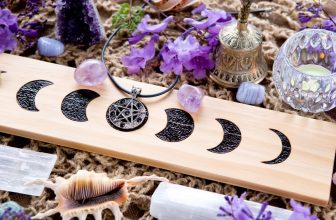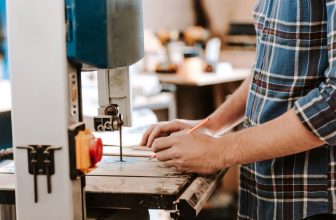Contents
Any style of footwear is going to get dirty unless you’re a magician that prefers floating to walking. Sidewalks can dirty up a white shoe in seconds, but dirt, mud, and concrete can destroy a work boot quicker than you would think.
Whether your boots are budget-friendly or top of the line, you need to know how to clean work boots. There’s a little more to it than if you were cleaning a sneaker or dress shoe, but with a little practice, you’ll become an expert in no time.
How to clean leather work boots
If your boots are made of grain leather, the first thing you will want to do is pull those laces out and get the dirt off.
If it’s mud, allowing it to dry is easier in some cases as you can simply beat your boots together outdoors to remove the chunks. Dry dirt is relatively easy to remove with minimal effort on leather, but the soles, shoestrings and any cloth parts can be tougher to deal with.
You can be rougher cleaning the soles, and it’s safe to use water and a mild dish detergent 99% of the time. There may be some exceptions to the rule, but ordinary dish soap has been cleaning rubber soles for decades.
Depending on the bottom of the boot, you may have to use toothpicks or other implements to “pick” mud or rocks out of the tread, and we highly recommend keeping a couple of stiff toothbrushes on hand.
When you’re happy with the finished product, let the soles air dry indoors or out. Don’t get in a hurry and try to speed the process up by using a hair dryer or other methods. If you do use a cleaner, be sure to take care around the leather parts of the boot.
How to clean Suede or Nubuck work boots
Nubuck work boots are common as well, and suede is a material you can find on accent pieces and sometimes larger parts of the boot. While stylish, they cannot be cleaned in the same fashion.
If your brown suede boots get dirty, you’ll want to use a rubber brush or something like a pencil eraser to get the dirt up before it sets in. If the boots have been sealed with a protectant beforehand, they are much easier to clean.
For this style of boot, any product you use has to be made specifically for that material. You can’t use ordinary soap and water, and what works for regular leather will not work for suede or nubuck.
Tips to remember for all work boots
It doesn’t matter what type of leather your work boots are made from or if they are steel toe with canvas sides, there are a few rules that apply to all work boots.
Heat can warp leather.
Never put your boots in a dryer or break out a heat gun in the shop if your shoes are soaked through. Let your work boots dry naturally to avoid shrinkage or damage.
When using any cleaning solution on your boot, don’t get cute. Read the directions and follow them to the letter or you risk damaging the leather. That goes double for nubuck and suede due to their more delicate nature.
If your grain leather boots start to look stiff even after they are broke in a good conditioner will help. Just use the proper type of conditioner for the leather and get in the habit of conditioning your boots at least once a month if you want them to last.
Always clean your boots before conditioning or treating the leather in any way, and remember that a good safe waterproofing solution can be your best friend.
Storage is more important than you think.
Feet sweat and boots can lose their shape as they age. Putting a sturdy cedar shoetree in your boots can remedy that problem and help keep your favorite footwear on your feet for a few more years.
Conclusion
Now that you know how to clean work boots, we have one more tip for you.
While dirt can add a bit of character and show the world you’ve not been slacking on the job, you should clean your boots regularly, not only when they “look” dirty. The best work boots can be expensive, so it pays to protect your investment and cleaning in the first step.






